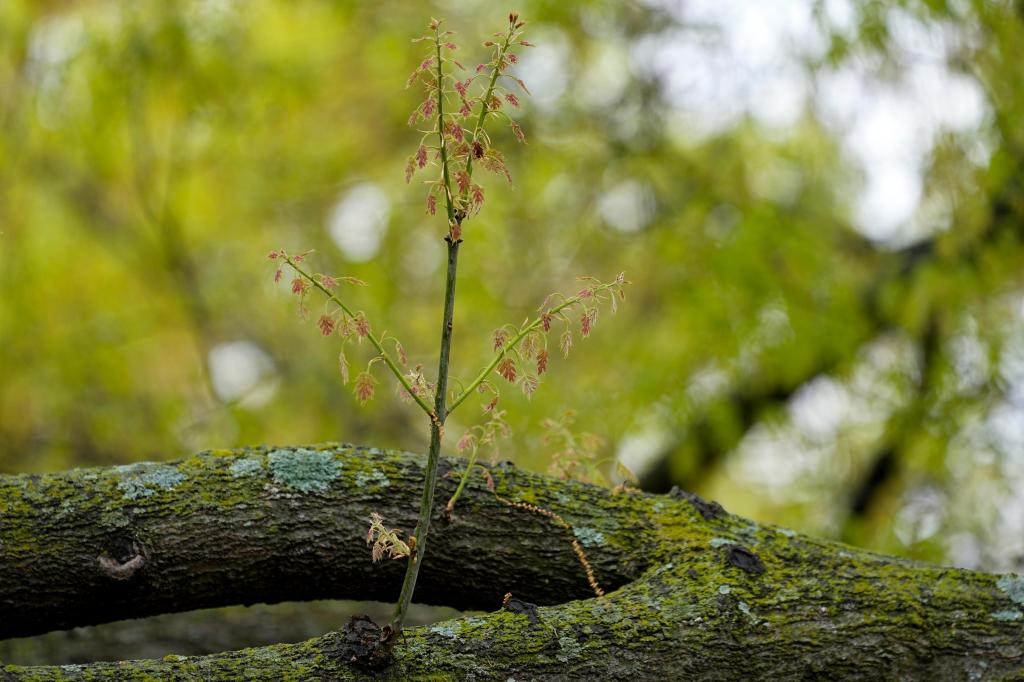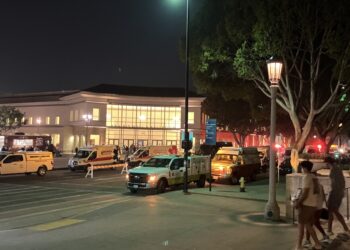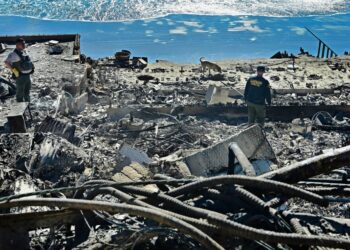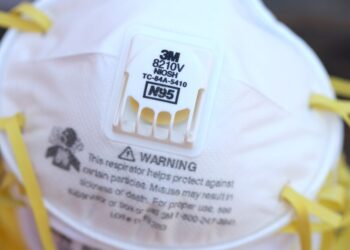By DEVI SHASTRI (AP Health Writer)
Allergy season is here — and it’s earlier and stronger than expected.
More than 80 million Americans deal with itchy eyes, runny nose and other symptoms of seasonal allergies, according to the Asthma and Allergy Foundation of America.
The level of misery people will face depends on where they live and what they’re allergic to, but there are things you can do to feel better.
Pollen counts were high early
Dr. Rachna Shah usually starts looking at pollen counts in the Chicago area in April. But she peeked at her data in mid-February, and saw tree pollen was already at a “moderate” level.
“This season has been so nuts,” said Shah, an allergist and director of the Loyola Medicine Allergy Count. “Granted, it was a pretty mild winter, but I didn’t expect it to be so early.”
Shah said she believes this season will be longer than other years, assuming the weather remains warm. Experts say climate change has led to longer and more intense allergy seasons.
Which cities have it the worst?
The Asthma and Allergy Foundation of America issues an annual ranking of the most challenging cities to live in if you have allergies, based on over-the-counter medicine use, pollen counts and the number of available allergy specialists. This year, the top five were Wichita, Kansas; Virginia Beach, Virginia; Greenville, South Carolina; Dallas; and Oklahoma City.
Dr. Nana Mireku is an allergist in the Dallas-Fort Worth area, and said “people are pretty miserable right now and allergists are pretty busy.”
Which pollens cause allergies?
There are three main types of pollen that cause seasonal allergies. Earlier in the spring, tree pollen is the main culprit. After that grasses pollinate, followed by weeds in the late summer and early fall.
Some of the most common tree pollens that cause allergies include birch, cedar, cottonwood, maple, elm, oak and walnut, according to the Asthma and Allergy Foundation of America….
Read the full article here







